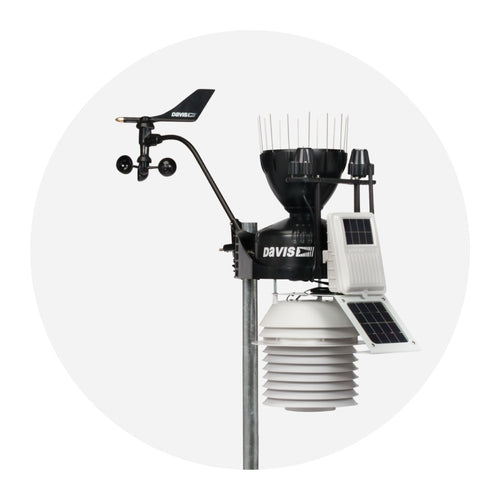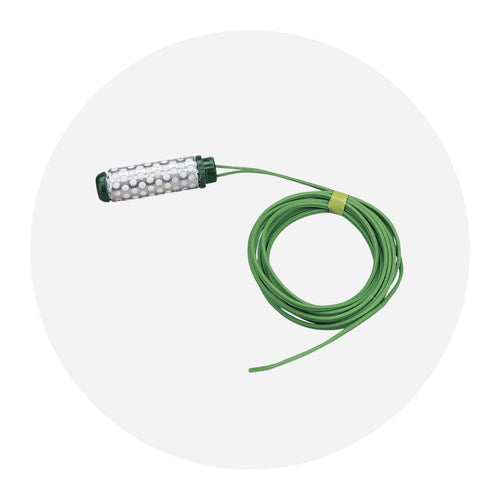Bow rise refers to the upward movement of the front portion (bow) of a boat when accelerating from a stationary or slow speed. It is a common phenomenon observed in many powerboats, particularly those with planing hulls.
When a boat accelerates, the force of the propulsion pushes the stern (rear) of the boat downward and lifts the bow upward. This creates a shift in the boat's trim, with the bow rising and the stern squatting lower in the water. The extent of bow rise depends on various factors, including the boat's design, weight distribution, power, and acceleration rate.
Bow rise can have both positive and negative effects on the boat's performance and handling:
- Positive Effects: Bow rise during acceleration can help to improve visibility for the driver and passengers, allowing them to have a clearer view of the water ahead. It also helps to reduce the impact of waves and provide a smoother ride, as the bow lifts and rides over the waves instead of plowing through them.
- Negative Effects: Excessive bow rise can have some drawbacks. It can reduce the boat's overall speed and efficiency as more of the hull is in contact with the water, increasing drag. It can also affect the boat's stability and handling, making it more prone to porpoising (a bouncing motion) or experiencing loss of control if the bow rises too high.
It's important for boat operators to understand the characteristics of their specific boat and adjust their driving technique accordingly. Gradual acceleration and smooth throttle inputs can help to manage bow rise and ensure safe and controlled operation of the vessel. Additionally, keeping an eye on the boat's trim and making appropriate trim adjustments can optimize performance and handling in various conditions.
How can I mitigate excessive bow rise?
Methods to mitigate excessive bow rise include:
- Weight Distribution: Proper weight distribution within the boat can influence its trim and help reduce bow rise. Distributing weight evenly or slightly towards the stern can help keep the bow down during acceleration. Be mindful of how passengers and cargo are positioned in the boat to achieve better balance and trim.
- Trimming the Engine: Adjusting the trim angle of the outboard or sterndrive engine can also affect bow rise. Tilting the engine down (trimming in) can push the bow down, while tilting it up (trimming out) can allow the bow to rise more. Experimenting with the engine trim settings can help find the optimal position for minimizing bow rise and achieving better performance.
- Adjusting Propeller Trim: Fine-tuning the trim of the propeller blades can also have an impact on bow rise. Propeller manufacturers often provide recommendations for adjusting propeller trim to optimize performance. Experimenting with different propeller trims can help find the right balance between minimizing bow rise and maximizing boat speed and efficiency.
- Changing Trim Angles: Adjusting the angle of the trim tabs or hydrofoil devices, if equipped, can influence bow rise. Raising the trim tabs or adjusting the angle of hydrofoils can help push the bow down and reduce bow rise during acceleration.
- Modifying Boat Design: In some cases, modifying the boat's design can help mitigate bow rise. This may involve altering the hull shape, adding lifting strakes, or incorporating features such as a stepped hull design that can improveplaningperformance and reduce bow rise.
- Installing Hydrofoil Fins: Hydrofoil fins are devices attached to the hull of a boat or the cavitation plate of a boat motor that use hydrodynamic principles to generate lift and improve performance. Hydrofoil fins create upward lift force as water flows over and under them while the boat is in motion. This lift force helps to counteract the downward force on the stern, which can result in reduced bow rise. By generating lift, hydrofoil fins can help maintain a more level trim angle, keeping the boat on plane and reducing the tendency for the bow to rise excessively during acceleration.
It's important to note that the effectiveness of these methods can vary depending on the specific boat design, engine configuration, and other factors. Experimentation and finding the right combination of adjustments may be necessary to achieve the desired results. Consulting with a boat manufacturer, dealer, or experienced boaters can provide further guidance on mitigating bow rise specific to your boat model and setup.





















